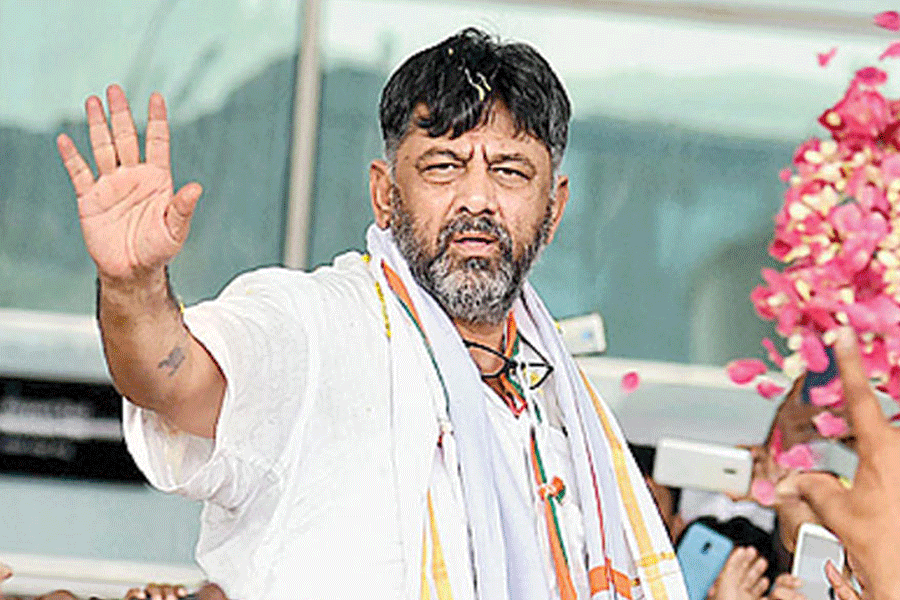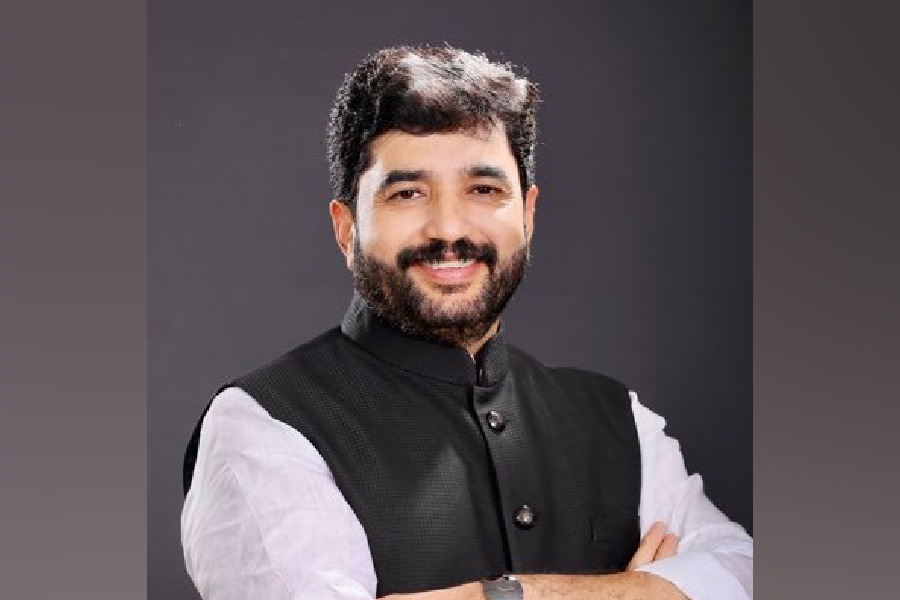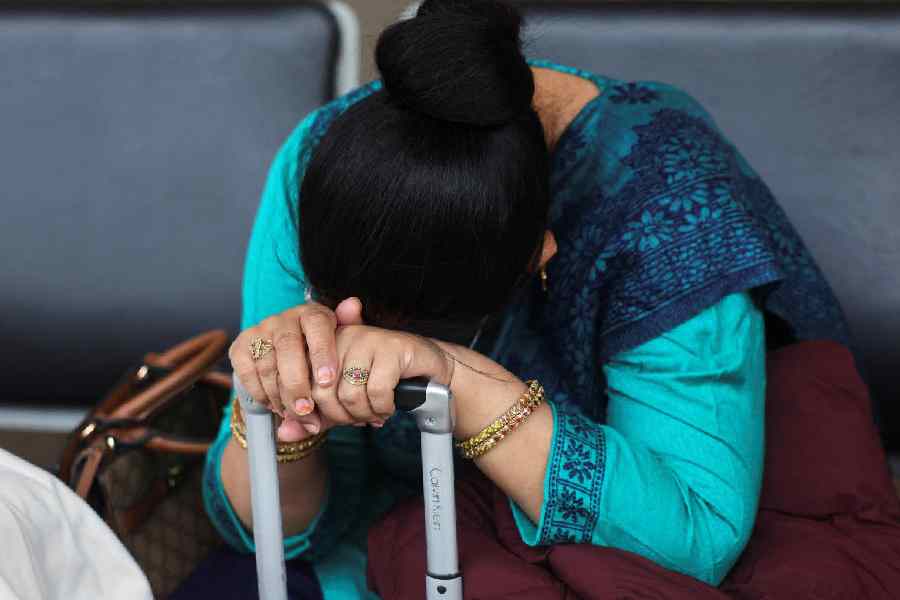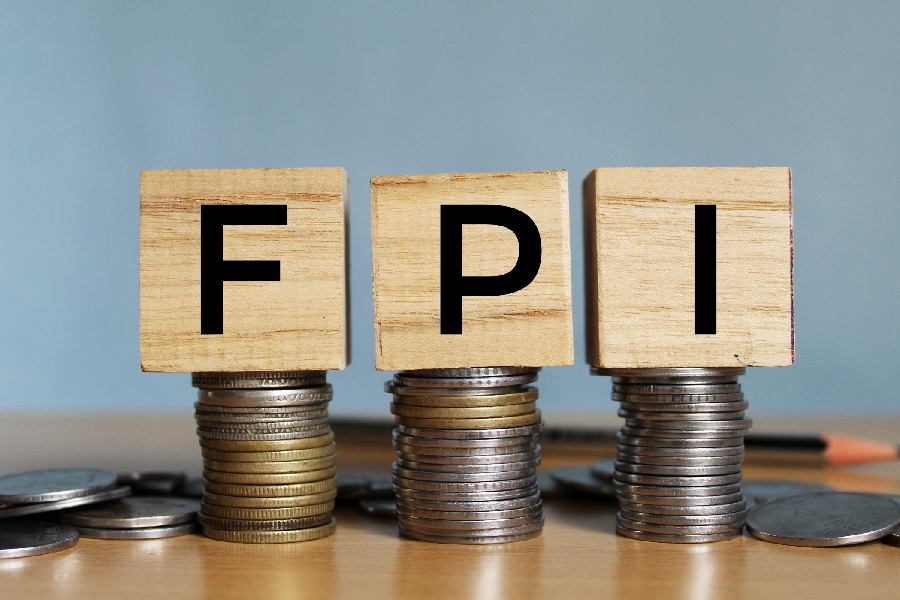 |
| turbulent mind: A mixed media piece by Amina Ahmed Kar |
Amina Ahmed Kar’s promising career was struck by misfortune rather too early in the day and drained her of creative energy around the initial years of the 1990s. Her personal tragedy may have been far deeper than what is known publicly, but her sudden disappearance from the art scene at a juncture at which she was ready to give her best after her rigorous, research-oriented training at the best academic centres at home and in Paris was even more lamentable.
Amina’s academic interests ranged from Graeco-Roman art to Indian art and archaeology to Cambodian iconography. However, her artistic pursuits took a new turn towards non-figurative expression and geometric composition when she trained for a time under Caesar Domela, a close associate of the Dutch abstractionist Piet Mondrian, with whom he founded the De Stijl group.
During the years of her reclusive existence, however, Amina kept up her interest in abstract art and did a variety of works that was more in the nature of experimental essays, often left unfinished. The creative output seems to speak of the turbulent mind of an artist who led her life in the twilight world of the figurative and the non-figurative, each seeking to get the better of the other in terms of complementarity and contrast. The fluidity of both her pen-and-ink figurations and complex brush-strokes should be seen and understood as such — as random scratches on a lacerated mind seeking desperately to bridge the visible and the invisible. The efforts of Galerie 88 to display these very private exercises of the late lamented artist deserve to be praised.
When the Society of Contemporary Artists set up its salon at Gold Park a few years ago, one of its chief objectives was to organise small exhibitions of works by its members from time to time. Unfortunately, though, there have been occasional lapses in this programme. Not that the members of the society have been less productive in any period; in fact, they are busier at their easels than any other artists in the city. The reason for the irregularities should perhaps be sought elsewhere, thanks to their busy schedule of exhibitions all over the country and abroad.
The need for holding a group exhibition at this juncture was felt by the senior members, if only to reaffirm the society’s collective image. The individual contributions are remarkably well-executed and, in some instances, indicative of sharp departures from their usual style. Shyamal Dutta Roy and Amitabha Banerjee, as usual, have proved their mettle, while Sadhan Chakraborty, Sailen Mitra and Dipankar Dasgupta have shown considerable command of their respective mediums, in both figurative and abstract work. A change is noticeable in Manoj Dutta’s two paintings on view. His pictorial space contains a fuller ‘body’ or content and speaks of the artist’s total dedication to tempera, his favourite medium, as also to his conscious avoidance of romantic and over-sweet imagery. B.R. Panesar’s collagesque landscapes are marked by minute brush vibrations that capture moving figures in space without showing them in detail. Swapan Kumar Das (linocut) and Atin Basak (variation print) have offered some of their competent creations in the graphic medium, while Sunil Kumar Das has sought to improve upon his well-known style.
What is it in Ganesh Basu’s paintings that has compelled Western art lovers, especially Scandinavian connoisseurs, to take a serious look at them? But before trying to answer that question, it would not be out of place to stress the point that Basu needs to be introduced to the art lovers in India where the young artist has suffered lack of recognition by default even as he is already well-known abroad. Not that Basu has not shown his work at home. He has to his credit a couple of dozen solo exhibitions held in the past years. Yet all these were surpassed by the conferment of the Veihuset Foundation award 2002 as part of the official programme of the Norwegian Constitution Day. Ganesh Basu’s work was exhibited at Volda Orsta, Norway, the same year.
A self-made, self-taught artist, Ganesh is one more instance of a highly creative Indian who has not been given the recognition he deserves by his compatriots, but is highly regarded abroad, and is set for holding a series of exhibitions in the near future all over the Scandinavian region.
Basu explains the appeal of primitivistic lines that distinguish his drawing as well as the abstract quality of his linear figurations involving man’s interaction with animals in the lap of nature. The influence of the rock and cave painting and of international folk/tribal terminology in his work has a magic quality of eccentric patterns of interlocking lines and musical gestures, which is likely to have captured the imagination of peoples belonging to climes where sophistication as such has lost its force.











